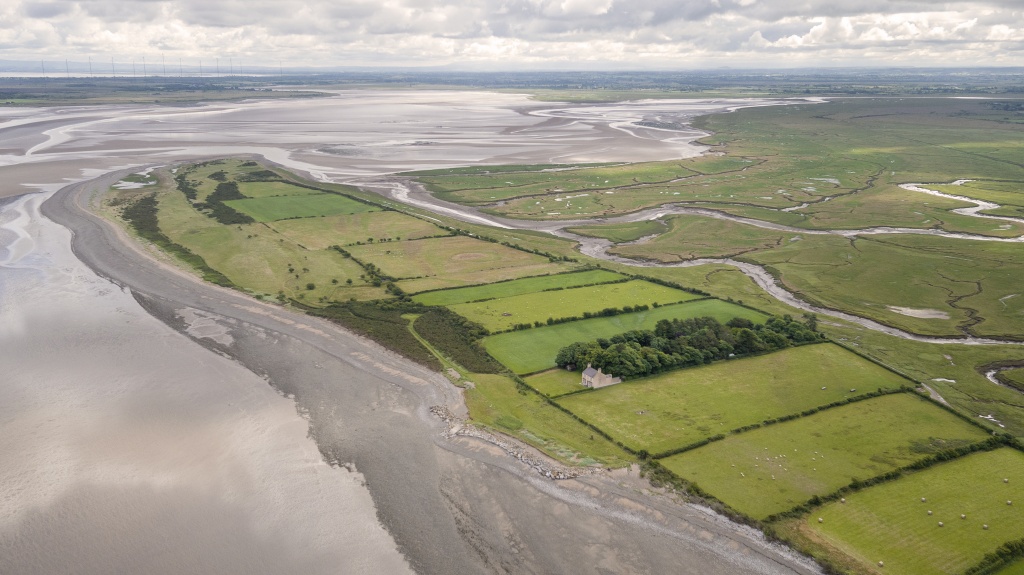Menu

The Farming in Protected Landscapes Programme will pay for projects that, in the opinion of the Local Assessment Panel (see ‘Application assessment’ below) provide value for money and meet at least one of the outcomes listed below, under four themes.
Nature outcomes
Climate outcomes
People outcomes
Place outcomes
Your project must also help to deliver at least one of the actions of the Solway Coast AONB Management Plan 2020 – 2025. Details of these actions can be found here, between pages 30 and 61.
For example, the programme might support:
Payment rates
The Programme will work alongside – not in competition with – Defra’s existing and new schemes, adding value where it is most needed. If a potential project can be rewarded through those schemes instead, you will be made aware of them.
If an activity is equivalent to one under Countryside Stewardship (CS), the Programme payment rate will be the same as the CS rate. If not, we will base Programme funding offers on the projected costs of an activity (with final payments made against evidenced costs).
Maintenance agreements
Capital infrastructure assets (including, but not limited to, fences, gates, building restoration), should be maintained for 5 years from the date of completion.
Machinery assets (for example a brush harvester for grassland restoration) should be maintained for 5 years from the date of purchase.
The requirement to maintain natural, cultural and access activities (for example, management of grassland, or restoration of a historic feature) delivered as part of programme will cease no later than 1 April 2025.
More detail on this can be found in the Guidance to Applicants.
Solway Coast National Landscape Team
Liddell Street
Silloth-on-Solway
Cumbria
CA7 4DD